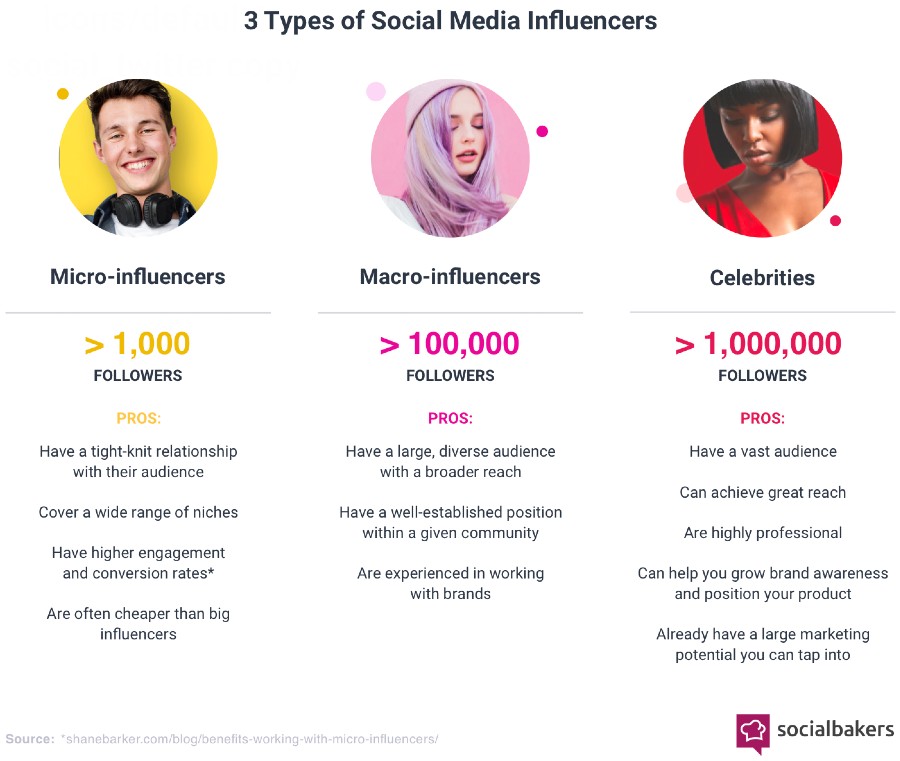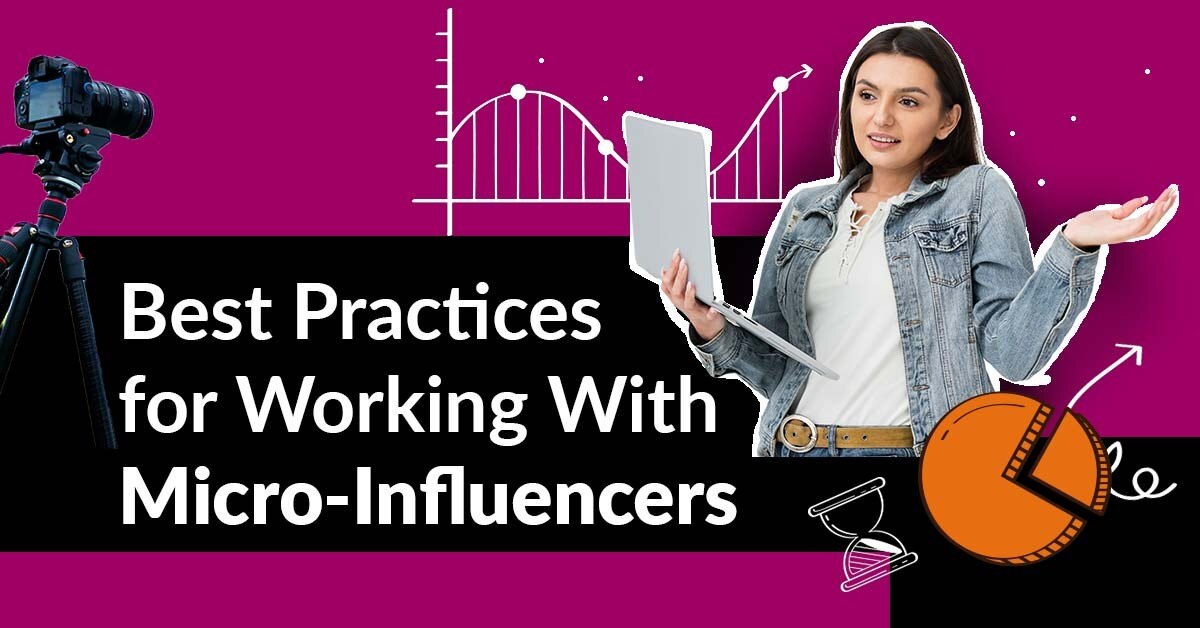Analyzing the Rise of Micro-Influencers: How They’re Changing Social Media Marketing Dynamics
Meta Description: Discover the impact of micro-influencers on social media marketing. Explore their effectiveness, engagement, and successful strategies that are transforming the landscape of brand partnerships.
In the evolving world of social media marketing, micro-influencers are gaining significant traction and reshaping how businesses engage with their audiences. With 5 years of experience in SEO, I have helped over 20 companies optimize their marketing strategies, and the rise of micro-influencers is a trend that cannot be overlooked. This blog post delves into the phenomenon of micro-influencers, analyzing their rise, effectiveness, and the dynamics they introduce to social media marketing.
Understanding Micro-Influencers
Definition of Micro-Influencers
Micro-influencers are social media users with smaller, yet highly engaged, followings. Typically, they boast between 1,000 to 100,000 followers, focusing on specific niches that allow for deeper connections with their audiences. Unlike traditional influencers with millions of followers, micro-influencers often foster strong relationships with their fans, resulting in more authentic engagement rates and meaningful interactions.

The Appeal of Micro-Influencers
What sets micro-influencers apart from their larger counterparts is their perceived authenticity. As they tend to share relatable content, audiences often consider their views and recommendations more trustworthy. According to a 2019 survey from The Marketing Hub, 70% of consumers prefer recommendations from micro-influencers over those from celebrities, which underscores the significant influence these individuals wield.
The Growth Trajectory of Micro-Influencers
Market Trends
As the digital landscape continues to change, micro-influencers have surged in relevance. Recent data from the Institute of Practitioners in Advertising (IPA) indicates that the micro-influencer segment grew remarkably, with an estimated 1.5 billion micro-influencers on social media by 2020. This growth reflects a shift away from broad influencer marketing strategies and highlights the increasing value of niche-focused collaborations.
Shifts in Consumer Behavior
Consumers are becoming more discerning in their interactions with brands. The rise of social media has led to a more casual and transparent communication style. As brands focus on fostering genuine connections, consumers are demonstrating a preference for the relatable narratives shared by micro-influencers. These shifts present an opportunity for brands to realign their marketing strategies toward a more authentic engagement approach.
Successful Campaigns Leveraging Micro-Influencers
Case Studies and Examples
Glossier's Influencer Strategy: Glossier, a beauty brand, has successfully leveraged micro-influencers to establish credibility and connect with potential customers. By collaborating with individuals who resonate with their target audience, Glossier has created a community-driven marketing approach that has fueled their growth.

ASOS Collaborations: ASOS is another excellent example of a brand utilizing micro-influencers in their campaigns. By engaging micro-influencers to showcase their clothing, ASOS has achieved high engagement rates and increased brand visibility. Their strategic partnerships resonate with diverse audiences, creating an ecosystem of relatable content that drives sales.

Engagement Metrics and ROI
The Power of Engagement
Recent studies reveal that micro-influencers boast engagement rates approximately 60% higher than traditional influencers. This increased engagement can be attributed to their smaller and more connected audiences. Platforms like Instagram and TikTok particularly benefit from this trend, as they elevate the effectiveness of micro-influencer marketing through visuals and storytelling.
Return on Investment (ROI)
Understanding the return on investment for micro-influencer campaigns is crucial for brands. The Digital Marketing Institute estimates that brands can expect an ROI of around $6.50 for every $1 spent on micro-influencer campaigns, making this a cost-effective strategy compared to the average of $4.00 for overall influencer marketing.
Platform-Specific Strategies
Instagram and TikTok
Micro-influencers thrive on Instagram due to its visual-centric nature, which allows for creative collaborations and authentic connections. Meanwhile, platforms like TikTok are witnessing a surge in micro-influencer popularity, with engaging content formats such as challenges and tutorials resonating with younger audiences.
Evaluation of Platform Effectiveness
Each social media platform has its unique strengths and attracts distinct demographics. As brands explore partnerships with micro-influencers, understanding which platforms yield the best audience engagement is fundamental. In-depth analysis of audience demographics can guide brands in aligning their collaborative strategies effectively.
Challenges and Ethical Considerations
Navigating Collaborations
While collaborating with micro-influencers can yield significant benefits, it’s not without challenges. Brands must ensure that influencers align with their values and messaging to maintain authenticity. Verifying the credibility of micro-influencers and conducting due diligence is vital to preserving brand integrity.
Transparency and Ethics
Maintaining an ethical approach in influencer marketing is critical for long-term success. Transparency is essential; micro-influencers must disclose partnerships, adhering to guidelines established by organizations like the FTC (Federal Trade Commission). Such transparency enhances trust between brands and their audiences, ultimately strengthening relationships.
Future Trends in Micro-Influencer Marketing
Predictions for Growth
Industry analysts predict micro-influencer marketing spending to exceed $10 billion by 2025. As brands continue to seek authentic connections with consumers, the micro-influencer trend is expected to grow. Adapting strategies that prioritize engagement and authenticity will be key in navigating this evolving landscape.
Engaging the Future Audience
With platforms continually evolving, brands should be prepared to adapt to new digital environments. Incorporating micro-influencer strategies can help businesses remain relevant and connected to their target audiences, enhancing brand loyalty and consumer trust.
Conclusion
The rise of micro-influencers is indeed a game-changer for social media marketing. As brands seek effective ways to reach their target audiences, leveraging micro-influencers affords them the opportunity to deepen engagement and foster authenticity.
What has your experience been with micro-influencers? Have you noticed a shift in your marketing strategies? Share your thoughts in the comments below, and let’s foster a discussion on how these individuals are transforming the marketing landscape. For more insights and strategies on navigating the world of digital marketing, consider subscribing to our newsletter or exploring related articles!
